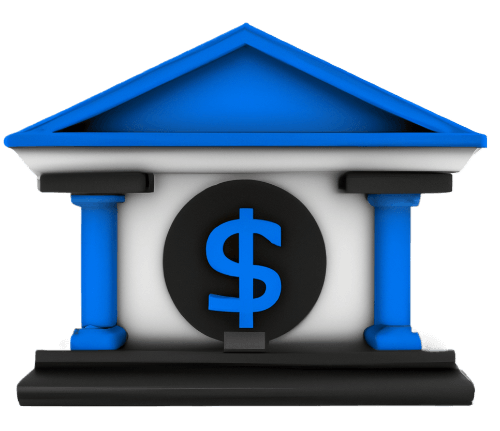Circular Flow Diagram
The circular flow model is a visual representation of the economy, showing how money flows through markets for goods and services and factors of production between consumers and businesses, temporarily setting aside the role of the state and net exports.
Circular Flow Diagram Chart
In this diagram, the blue lines, representing the inner loop, depict the flow of production factors, which are transformed into goods and services. The green lines, representing the outer loop, show the flow of money.
Let’s follow the flow of production factors owned by households. These are sold to businesses in the factor market. Businesses then transform these factors into goods and services, which are sold to households in the goods and services market. Now, following the money flow: in the factor market, households receive money from businesses in exchange for production factors, and in turn, they use this money to purchase goods and services from businesses in the
This model shows the interaction between households and businesses in two types of markets. In the goods and services market, businesses are sellers, and households are buyers. In the factor market, households are sellers, and businesses are buyers. The economy includes two main decision-makers: households and businesses. Businesses produce goods and services by employing the productive resources they acquire from households in the factor market, such as labor, capital, and land. Households, who own these production factors, exchange them with businesses for money in the form of wages or rents. In turn, businesses sell their products in the goods and services market, where households use their money to purchase these products.Notably, this model excludes the role of government and international trade, focusing on the interaction between households and businesses for clarity.
Circular Flow Diagram and GDP
The GDP measures the flow of money in the economy, which can be calculated in two ways: by summing total expenditures in the economy or by summing total income. In both cases, the result should be the same. Since the diagram illustrates all economic transactions between businesses and households, the total production or GDP must be equal to both the total expenditure on goods and services by households and the income businesses receive in the goods market.
It’s important to note that to calculate total production or GDP in this economy, either of the flows in both markets can be observed: the flow of money from businesses to households in the factor market or the flow of money from households to businesses in the goods and services market. If we calculate both total income and total expenditure in either of these markets, the results must be equal, because consumer spending on goods and services is the income of businesses, and vice versa. Therefore, every transaction that affects spending must equally affect income, and vice versa.
